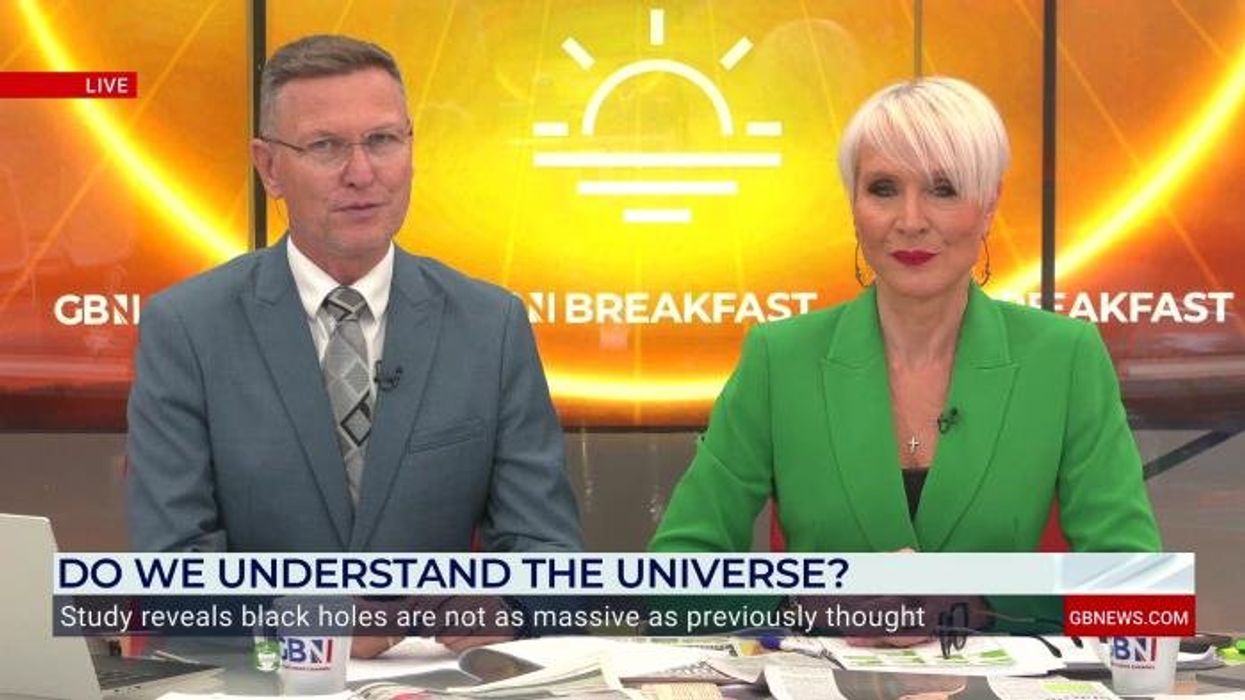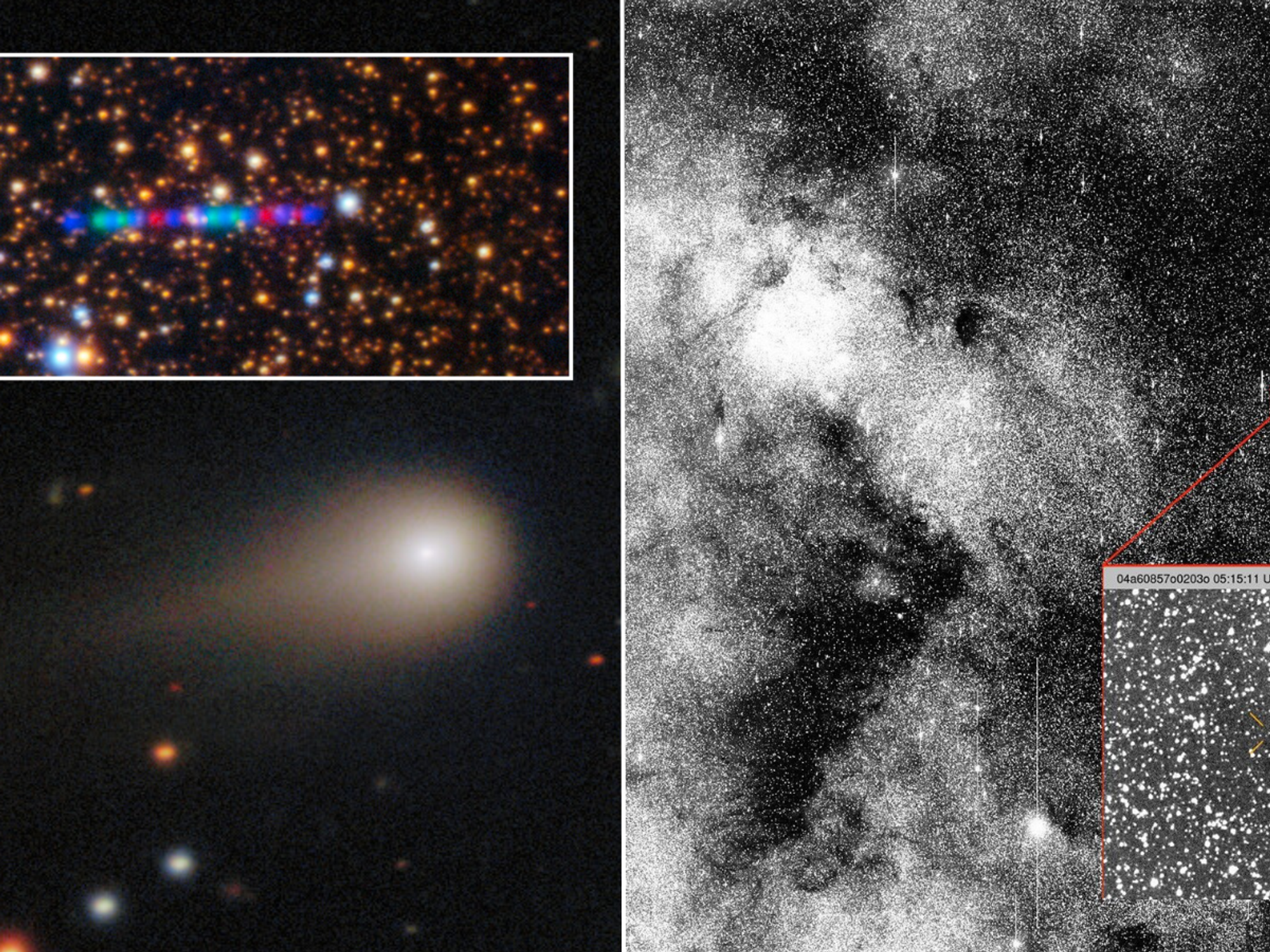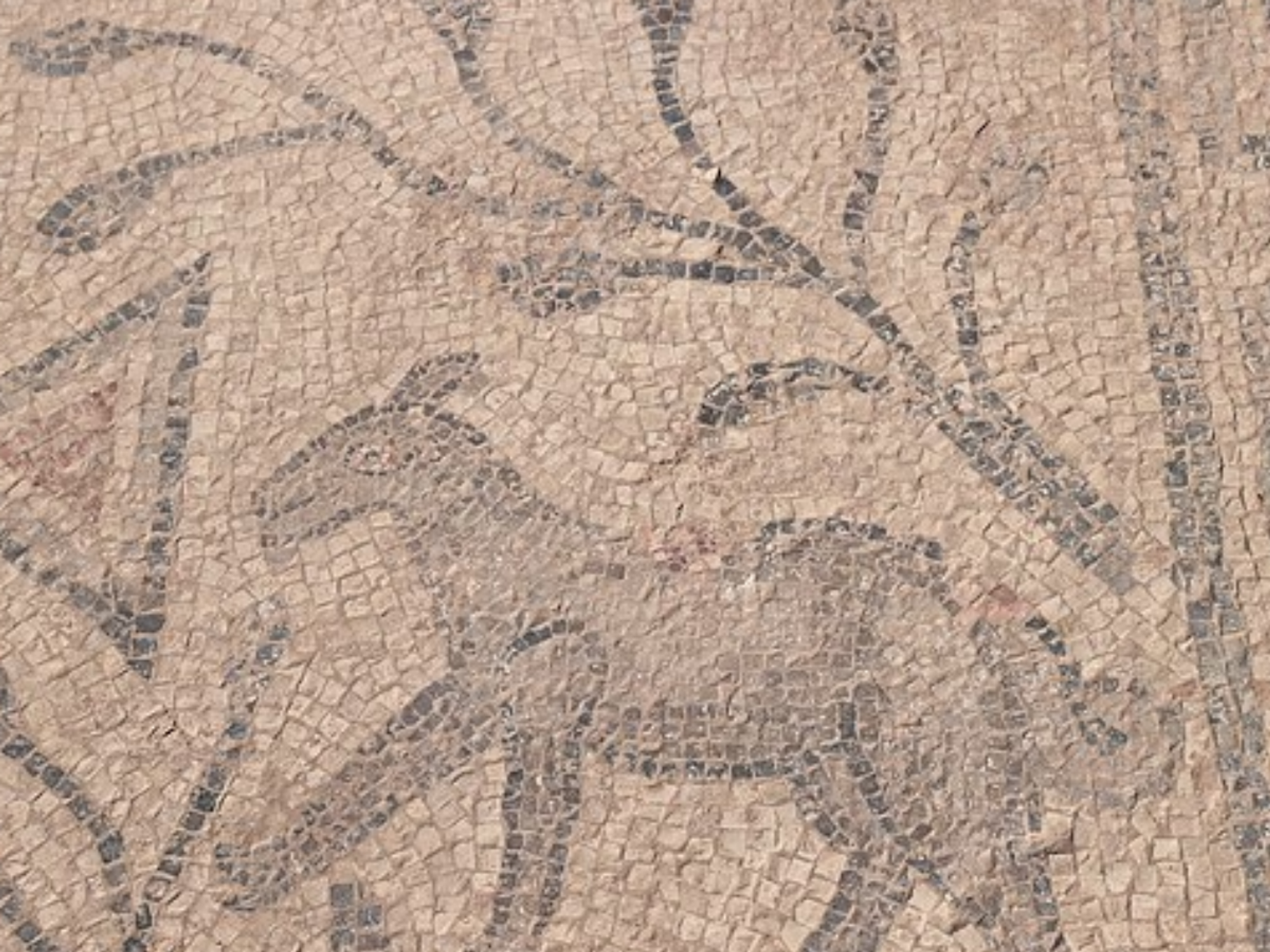Space mystery leaves scientists baffled as rock found on Mars 'doesn't belong there'

The discovery was made by NASA's Perseverance
Don't Miss
Most Read
After nearly five years of exploring Mars, NASA's Perseverance has stumbled a rock which has baffled scientists, who claim it "doesn't belong there".
The rover discovered a 31-inch rock experts believe is not native to the Red Planet.
Named Phippsaksla, this mysterious boulder was found in the Vernodden area of Jezero Crater, a 28-mile-wide formation researchers think could have once harboured life.
What makes this discovery particularly intriguing is the rock appears to be a metallic space visitor from elsewhere in the solar system.
TRENDING
Stories
Videos
Your Say
It is the first time Perseverance has encountered such a metal-rich rock during its mission, which began in February 2021.
Scientists first noticed Phippsaksla because of its unusual appearance.
The rock stood taller than its surroundings and had a distinctly sculpted look that set it apart from the flat, fragmented stones nearby.
When Perseverance aimed its SuperCam instrument at the boulder, the results were fascinating.
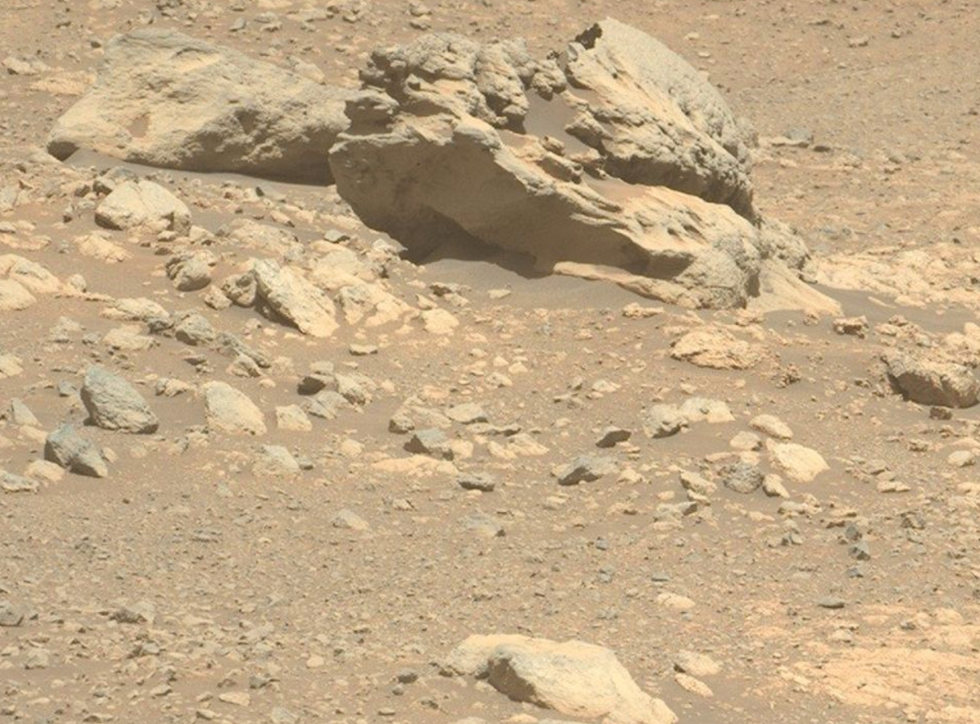
NASA's Perseverance rover has stumbled upon Phippsaksla
|NASA
The rover's laser heated a small portion of the rock's surface, revealing an exceptionally high concentration of iron and nickel.
"This element combination is usually associated with iron-nickel meteorites formed in the core of large asteroids, suggesting that this rock formed elsewhere in the solar system," Dr Candice Bedford, a geologist from Purdue University who operates Perseverance, explained.
These metallic meteorites are quite rare compared to their rocky cousins.
They typically form in the cores of massive asteroids, created when heavy minerals sank into the centres of heated rocks during the early days of our solar system.
LATEST DEVELOPMENTS
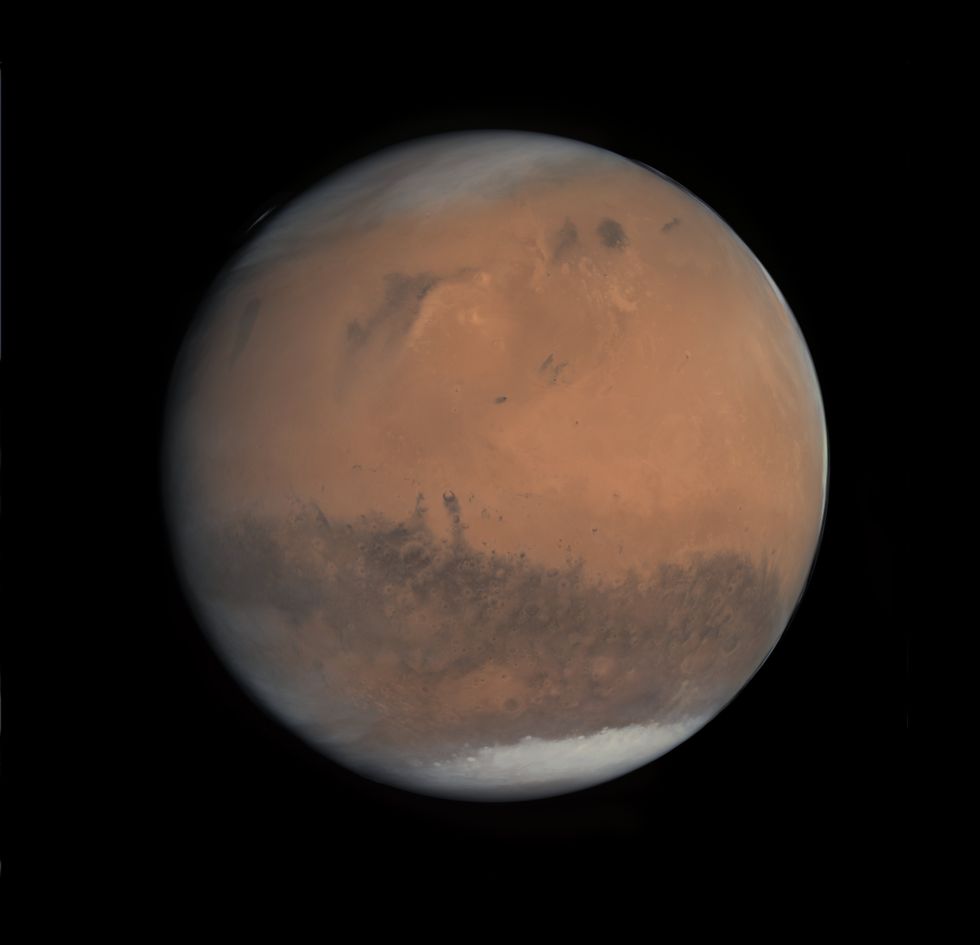
NASA's first landing on Mars was Viking 1 in 1976
|GETTY
But speaking to the Daily Mail, Professor Gareth Collins, from Imperial College London, said Mars gets hit by meteors "all the time".
He said: "Meteors are expected on Mars on a daily basis, we don't know the number precisely, but there should be lots each day."
However, only one in 20 of these space rocks are rich in iron and nickel like Phippsaksla.
Dr Gareth Dorrian, from the University of Birmingham, added: "It is quite likely this one on Mars came from the asteroid belt.
"These particular meteorites are quite resistant to chemical weathering and are more likely to survive the fiery fall through a planetary atmosphere."
It is somewhat surprising that Perseverance had notfound one of these metallic visitors before now.
Other Mars rovers have discovered similar iron-nickel meteorites, including Curiosity's find of a 39-inch specimen called "Lebanon" in Gale crater.
NASA scientists say they will need more time to analyse Phippsaksla to confirm it is definitely a meteorite from space.
Our Standards: The GB News Editorial Charter


